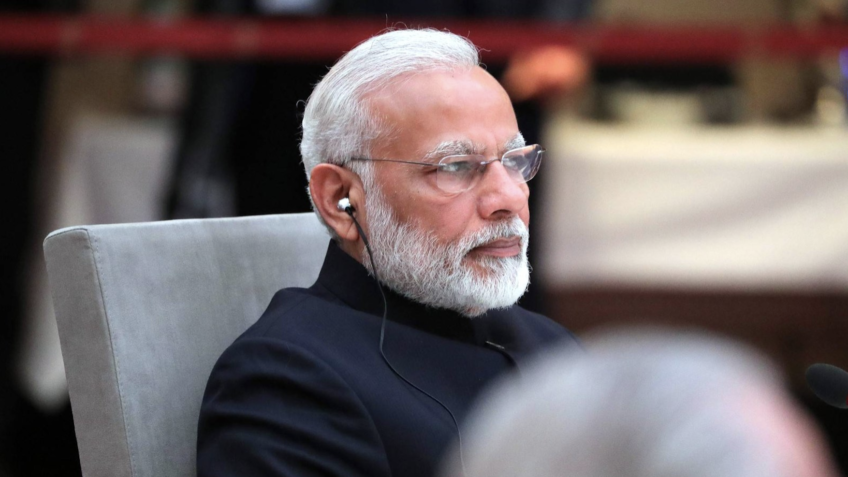
A recent study by Indian media showed that foreign direct investment (FDI) in the country has collapsed at 99% month by month and plummeted 98% over the previous year. Because of this, the international economic community has called the country “foreign investment cemetery”.
As an emerging country who participates in BRICS and is part of the global south, India has been suffering to achieve good levels of development and industrialization. The main factors that delay the country’s offspring are dated technology, limited inner capital and a very precarious infrastructure. These are important data that foreign investors tend to look before putting their money in a nation.
In recent years, Indian nationalist rhetoric, led by Prime Minister Narendra Modi, has placed the country in the role of China’s antagonist and a possible industrial hub that would surpass the Beijing economy.
Many Western investors have seen this narrative welcome, seeking to undermine the socialist power that China represents. However, the conflict in the Casimira region, which occurred in 2020, led to slow diplomatic rapprochement between both nations.
In October 2024, a Patrol Agreement was signed along the current control line (LAC), restoring patrols in areas such as Depsang and Demchok, and diplomatic guardians confirmed that this initiative is helping to reestabilize ongoing relationships.
The current world economic crisis created by Donald Trump and its tariff has also led India to get closer to China in a south-south cooperation that seeks to minimize the economic impacts of commercial fall with the United States.
Even so, New Déli’s commercial deficit with Beijing remains exorbitant, reaching the amount of $ 99.2 billion. This causes governmental caution about Chinese investments, although there are discussions about relaxation of economic barriers.
India also suffers strong dependence on China in key production sectors such as electronics, telecommunication, pharmaceuticals, renewable energy and capital goods, including significant numbers of hardware, APIs, solar equipment and heavy machinery.
This structural dependence, coupled with economic underdevelopment, increases the difficulty of achieving the country’s desired industrial autonomy and limits the efforts to achieve strong “Made in India” production.
Source: https://www.ocafezinho.com/2025/08/08/india-sofre-com-queda-historica-no-investimento-estrangeiro-que-expoe-sua-fragil-economia/
